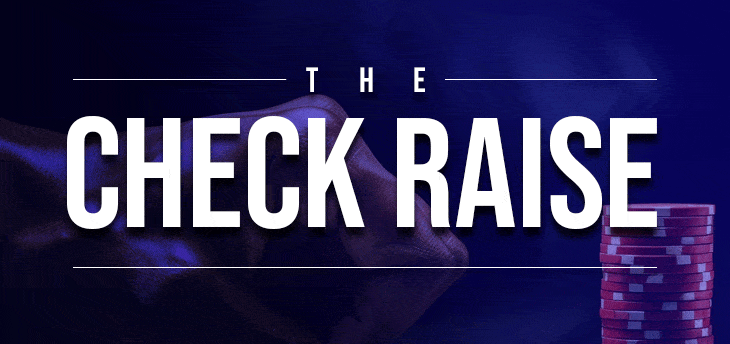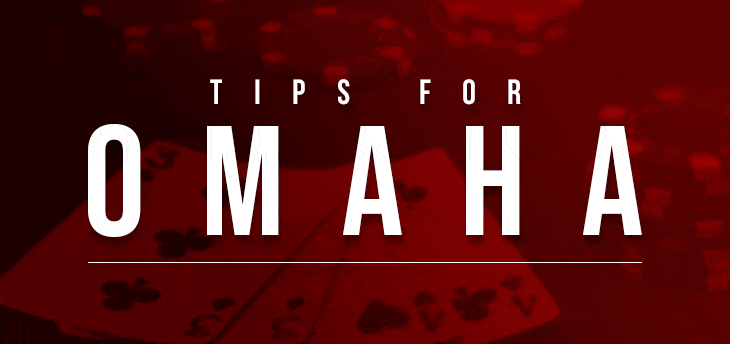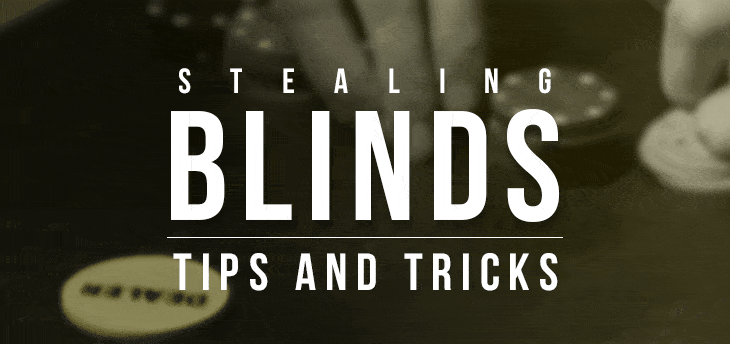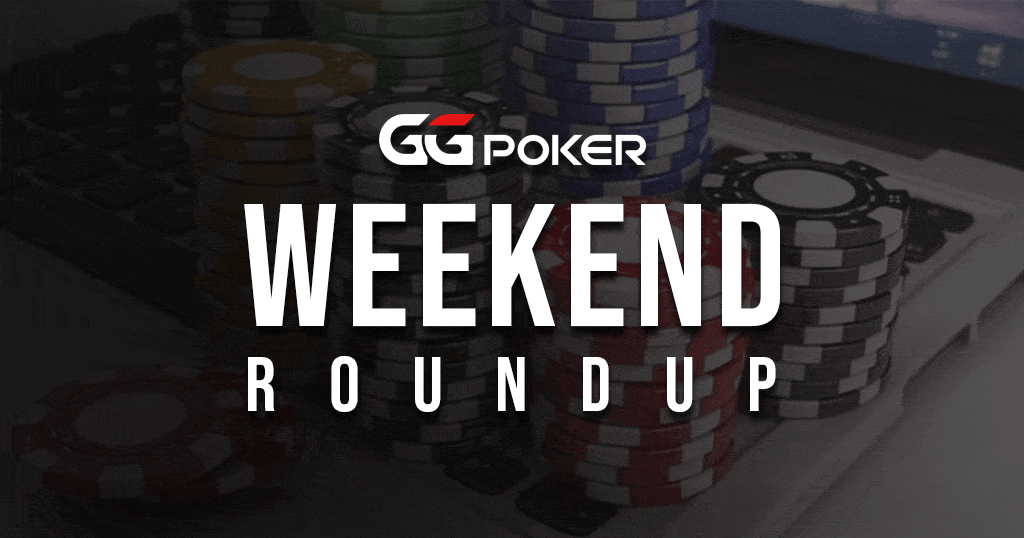Mastering the Check-Raise

In the world of poker, there is one move that’s as cunning as it is effective – the check-raise. At first glance, it seems straightforward: you check when it’s your turn to bet, and then, when an opponent bets, you come in with a raise. It’s the poker equivalent of playing possum, then striking when least expected.
Check Raising is Bad…
The check-raise in poker has roots that delve deep into the game’s history and culture. Traditionally, the check-raise was viewed negatively akin to a form of deceit or underhanded trickery. In the early days of poker, especially in casual, home games, this move was sometimes considered unsportsmanlike or against the spirit of the game. The perception was that a player who checks, indicating weakness, and then suddenly raises after an opponent’s bet, was violating an unspoken code of conduct. This view was grounded in the belief that poker should be a straightforward contest of hands, not a battleground of psychological warfare.
However, as poker evolved, especially with the rise of professional and televised poker, the check-raise began to shed this negative stigma. It became recognized as a legitimate, strategic play integral to high-level poker. The game’s nuances became more appreciated, and the check-raise was understood as a sophisticated tactic rather than a deceptive trick. Advanced players argue that poker is a game of incomplete information, and strategies like the check-raise are essential in leveraging the limited information available.
In modern competitive poker, the check-raise is a celebrated part of the game’s complex strategy. It’s seen as a tool for balance and deception, key components in any skilled poker player’s arsenal. The stigma that once surrounded it has largely dissipated, especially among professional and serious amateur players. These players acknowledge that deceiving opponents and masking one’s true intentions are part and parcel of what makes poker both challenging and exciting.
Yet, remnants of this stigma still linger in some casual playing circles. Among players who hold on to the old-school ethos of poker, the check-raise can still sometimes be frowned upon. This divide highlights the evolving nature of poker, a game that straddles the line between strict probability-based decisions and the art of psychological manipulation. In essence, the check-raise is a microcosm of poker itself: a blend of skill, strategy, and the ability to read and outwit opponents, all within the boundaries of the game’s rules.

What is a Check-Raise?
Let’s break it down a bit more. Picture yourself at a poker table, cards in hand. You’ve got top set, but instead of betting outright, you choose to check. This move sends a message, perhaps one of uncertainty or weakness, to your opponents. It’s like leaving the door open, inviting them in. Then, one of your opponents, sensing an opportunity, places a bet. That’s your cue. You hit back with a raise, turning the tables and catching them off guard. It’s a classic bait-and-switch, executed to perfection.
But why go through this charade? Why not just bet with a strong hand right off the bat? Well, the check-raise isn’t just about showing off your poker skills; it has some solid strategic underpinnings:
- Pot Building: By letting your opponent bet first, you’re giving the pot a chance to grow. If you had bet straight away, you might have scared off some players. This way, there’s more to win.
- The Element of Surprise: The check-raise is all about deception. It masks the true strength of your hand, leading your opponent to miscalculate. They might think they’re leading the charge, only to walk right into your trap.
- Guarding Your Hand: It’s also a protective move. When you raise after an opponent bets, you’re upping the stakes, making it costlier for others to chase potential draws that could beat your hand.
But, as with any clever tactic, there’s a catch. Use the check-raise too often, and you’ll become an open book. Your opponents will start to read your strategy, and what was once a clever ploy becomes a telltale sign. It’s crucial to keep them guessing, mixing up your plays to maintain an air of unpredictability.
Moreover, the check-raise can shape how others at the table perceive you. Use it sparingly, and it’s a sign of a shrewd, calculating player. Overdo it, and you might come off as reckless or overconfident. And, of course, there’s always the risk that your opponent actually has a stronger hand, turning your clever ruse into a costly mistake.
In essence, the check-raise is a blend of psychological warfare and strategic acumen, a move that requires not just a good hand, but a great read on the game and your opponents. It’s a testament to the layered complexity of poker, a game where what you hold is often less important than how you play it.

The Risks of the Check-Raise
Utilizing a check-raise strategy is akin to walking a tightrope; it demands a blend of courage and caution. One of the primary risks lies in the possibility that your opponent may not respond as anticipated. If you check with the intention of raising, but your opponent also checks, the opportunity to build the pot is lost. This outcome can be particularly frustrating when you’re holding a strong hand, ready to capitalize on your opponent’s aggression.
Another potential pitfall is misjudging your opponent’s hand or their reaction to your check. This misread can transform what seemed like a clever maneuver into a precarious situation. Imagine springing your check-raise, only to be met with a re-raise from an opponent holding a potentially stronger hand. Suddenly, the hunter becomes the hunted and you’re left to reconsider your position under the unexpected pressure.
The success of a check-raise is also intimately tied to the stack sizes at the table. In deep-stacked games, a misjudged check-raise can lead to a significant financial setback. Conversely, with shorter stacks, the risk may outweigh the potential reward, as the room for post-raise maneuvering diminishes.
Additionally, integrating a check-raise into your strategy can inadvertently provide keen opponents with insights into your play style. If this move isn’t a regular part of your repertoire, it might stand out as an anomaly, allowing observant players to pick up on patterns or tells you may inadvertently exhibit.
Moreover, your position at the table plays a crucial role. When in early positions, the lack of information about how the rest of the table will act increases the risk of a check-raise. The dynamics of the table itself also impact the effectiveness of this strategy. At a particularly aggressive table, a simple check could invite more than just a bet, potentially pushing you into situations where folding a good hand becomes the only viable option.
In the grand scheme of poker, over-reliance on the check-raise can lead to a stagnant approach to the game. While it’s undoubtedly an exciting and potentially profitable move, diversifying your strategies is essential for long-term success. This variety not only keeps your opponents guessing but also aids in your development of a well-rounded skill set.
Navigating the check-raise terrain in poker is, therefore, about much more than just the thrill of deception and surprise. It demands a careful assessment of the situation, understanding of opponents, and an ongoing evaluation of risks versus rewards. This delicate balancing act is what makes the check-raise both a formidable and risky strategy in the artful world of poker.
Conclusion
In the intricate dance of poker, the check-raise can be one of the more powerful moves in your arsenal. It’s a move that requires finesse, timing, and a bit of bravado. But when executed correctly, it can yield big rewards. So, the next time you’re at the poker table, and you feel that itch to make a move, consider the check-raise. It might just be the play that takes you from the middle of the pack to the top of the heap. And remember, in poker, as in life, it’s not just about the cards you’re dealt; it’s about how you play them.





